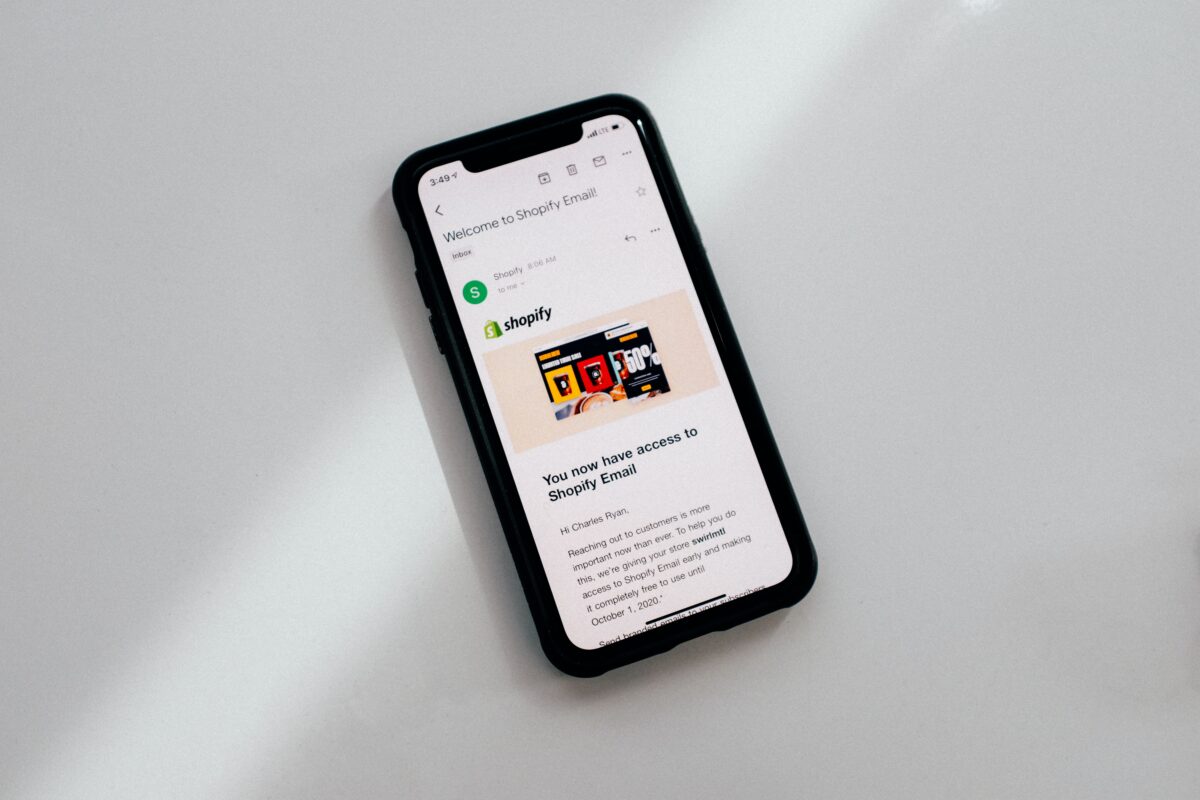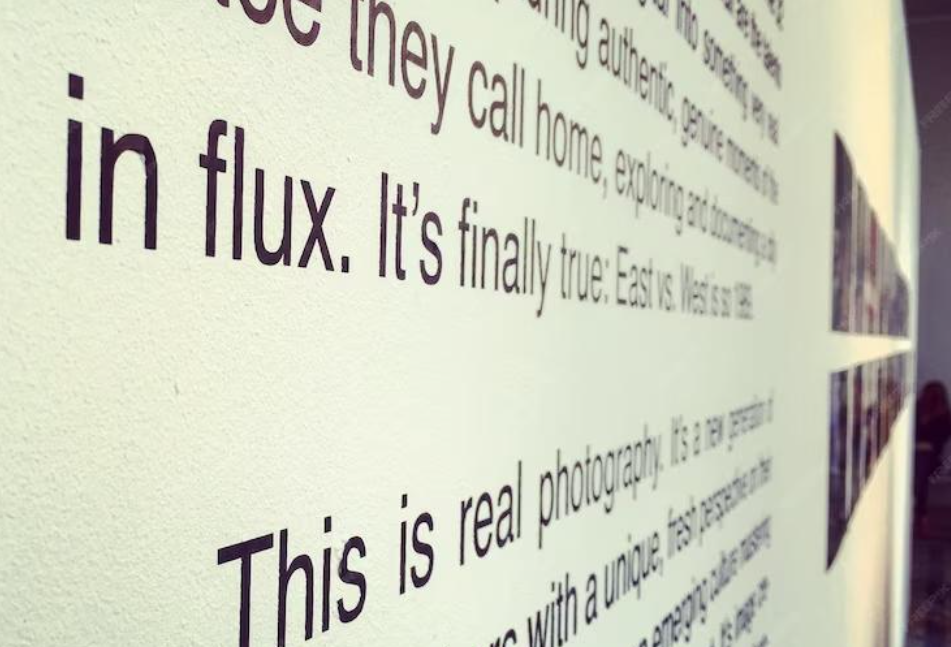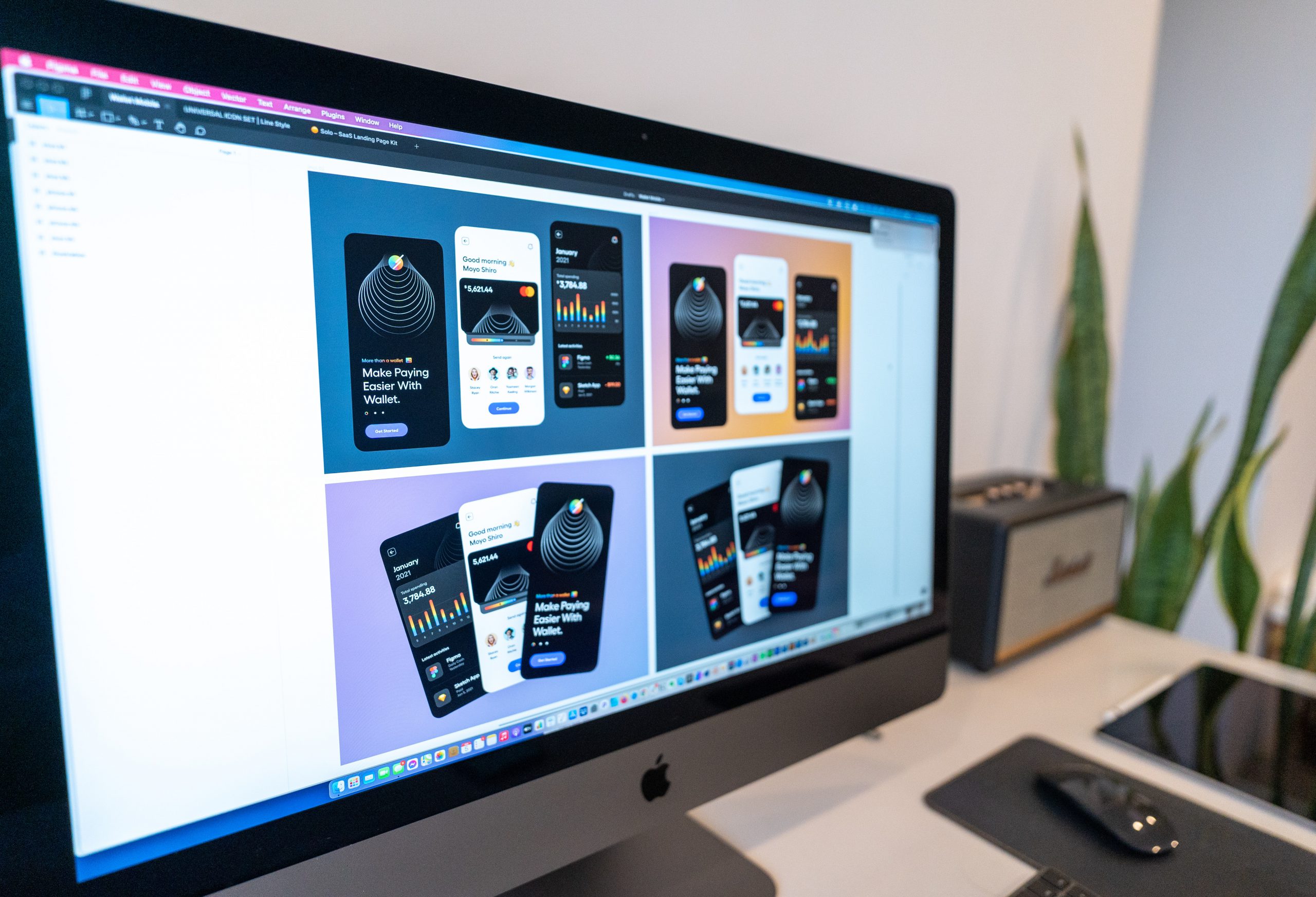With many marketers investing time and energy into engaging subject lines, images can be just as important to boosting your email conversion rates. The right email images can help you stand out from your competition and encourage your recipients to click. And email matters. Four … Continue reading “6 ways email images can increase your conversions”
The best ways to translate text on images effortlessly
Imagine that you are on an international business trip, and there the locals provide you with a document or images in their native language. Likewise, if you are collaborating with global clients or customers, you may receive photos or documents in their local language. In … Continue reading “The best ways to translate text on images effortlessly”
8 best practices for using GIFs in your marketing
What is a GIF? GIFs are a type of image file format (Graphics Interchange Format) that can store multiple image files and present them sequentially, creating an animated effect. The human brain processes images about 60,000 times faster than words. When your goal involves being as … Continue reading “8 best practices for using GIFs in your marketing”
11 of the best free GIF-maker tools
GIFs have only increased in popularity across the internet and they are great tools for digital marketing. In fact, they’re used by about 21 percent of all the websites. In addition, about 63 percent of Americans are GIF users, and one in five Americans can’t … Continue reading “11 of the best free GIF-maker tools”
16 of the best websites to find quality stock photos
The right visuals for your brand speak volumes, and stock photos can play a part in that. But design and visual content is the biggest challenge for about 24 percent of content marketers. Using the right website to search for and discover quality stock photos … Continue reading “16 of the best websites to find quality stock photos”
5 tips to select stock photos that aren’t cheesy
Stock photos can be incredibly helpful in your digital marketing efforts, but are the stock images you’re using look like obvious stock photos? Your visuals matter. When people hear information, they’re likely to remember only 10 percent of that information three days later, but if … Continue reading “5 tips to select stock photos that aren’t cheesy”
11 free graphic design tools for the non-designer
Visuals are everything when it comes to digital marketing these days. That applies to everything, from the design of your website to the images you use on your brand’s social media channels. Consistent brand presentation across all platforms increases revenue by up to 23 percent. … Continue reading “11 free graphic design tools for the non-designer”







